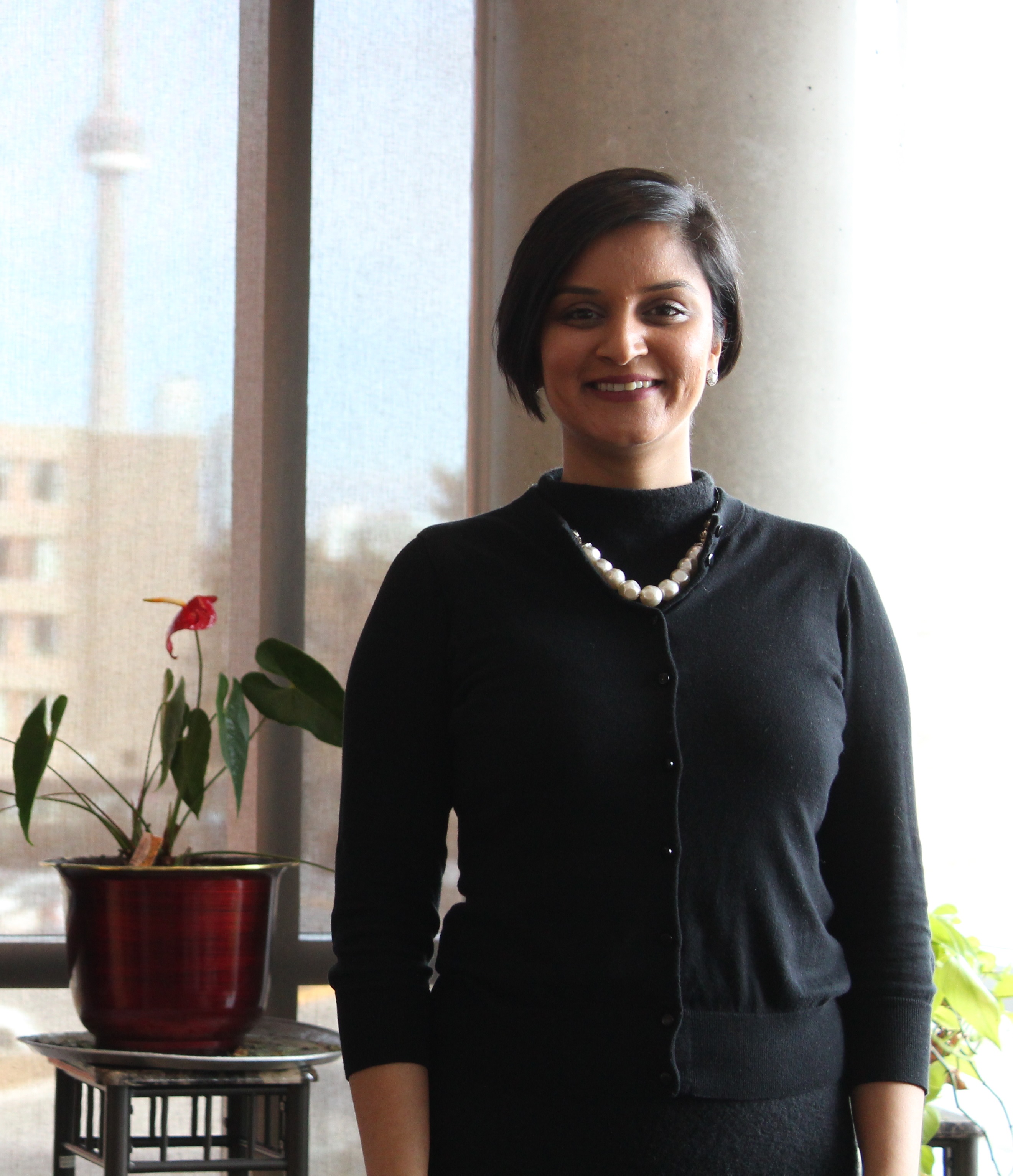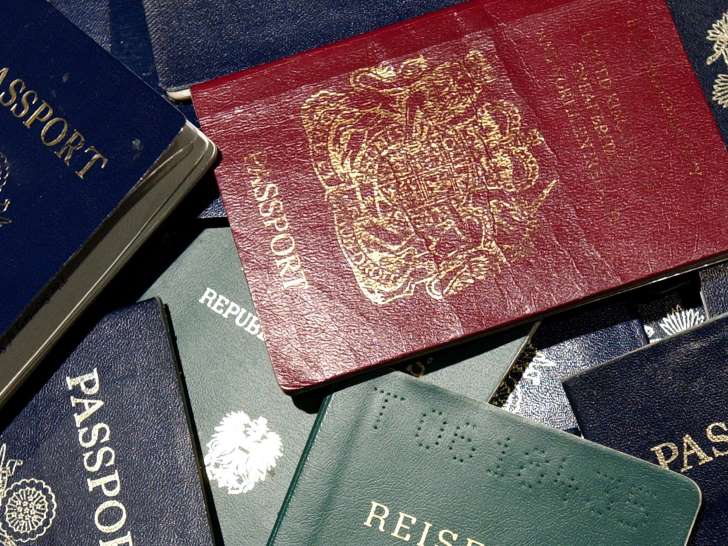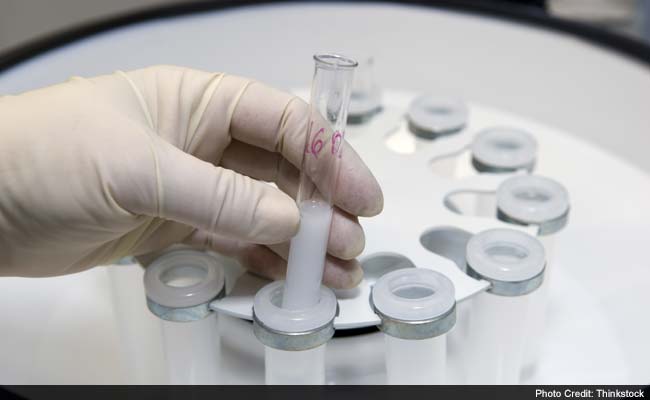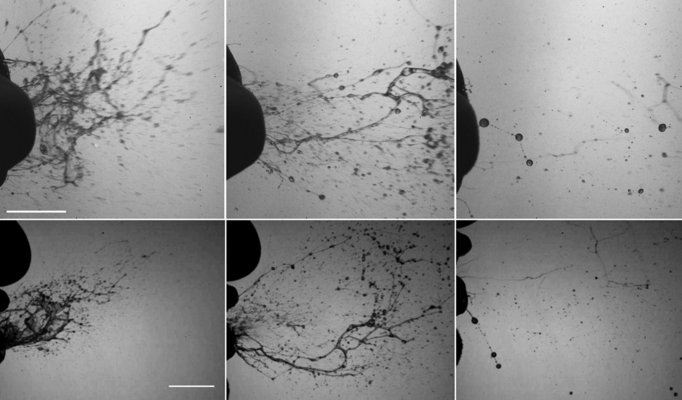
The South Asian News is proud to present Dr. Gursharan Virdee, Team Captain of the Collaborative for South Asian Mental Health CAMH One Brave Night team which will be the start of great things for the South Asian Community.
In brief, take us through this new initiative of CAMH
People living with mental illness say that night-time is the hardest for them. It is in the darkness that they feel most alone and have the least amount of hope. That is why CAMH One Brave Night is an all-night challenge where we challenge the country to stay up all night on Friday May 13 and fundraise in order to defeat mental illness and inspire hope. Then at dawn on Saturday May 14, participants will post a #sunriseselfie to spread hope and solidarity on social media.
The Collaborative for South Asian Mental Health brings together researchers, clinicians and community agencies to develop and implement a research strategy that promotes better mental health for South Asian communities in Canada. For this initiative CAMH are partnering with the Canadian Mental Health Association – Ontario, Council of Agencies Serving South Asians, Punjabi Community Health Services and the Sherbourne Health Centre.
We live in an era that is largely governed by evidence-based solutions to problems. This evidence-base, or research, is used by decision makers to inform service provision, policy development and funding allocation. The existing evidence on South Asian mental health is lacking – very little explores the efficacy of interventions and services, the understanding of service access and utilization, or the real impacts of stigma and discrimination. Pilot projects in the service sector often have difficulty with sustainability and scaling up. Concepts such as inclusion and integration are also often overlooked.
The foundation raises a lot of money. Can you give us a heads-up of how it is distributed? And which are the areas that you think would require additional funding
Funds raised from CAMH One Brave Night go toward CAMH’s life-saving work in different ways; specifically towards the highest priority needs of the hospital to help more people recover, faster.
- Creating better care for vulnerable youth so they can recover faster and live fuller lives;
- Building the mental health hospital of tomorrow, in which we’ll provide leading-edge care for our patients
- Developing tools to help people with schizophrenia live more independently and productively; and a Patient & Family Learning Centre to provide the knowledge they need to heal.
In addition to raising funds, CAMH One Brave Night also helps breakdown stigma, a critical aspect of driving social change.
Depression, anxiety attacks, and even OCD are looked at as taboo mental disorders in South Asian cultures. How do you suggest we change that, reach out and raise the bar?
The taboo extends beyond the specific disorders named. Often this stigma is collective whereby families are impacted and ostracized. My doctoral research spoke to the gender component too where women were told to get married to show the rest of the community that their daughter was well and functioning, one woman also spoke about being told to leave her family home because the visibility of her symptoms (she often spoke to her voices) impacted the marital prospects of the younger siblings.
We know that many immigrant communities do not leave their belief systems at the border. In an Eastern culture various paradigms intertwine to create a model of healing – this differs greatly from the Western context which is largely driven by the medical and psychiatric models. Immediately there is a clash because we are asking communities to change their way of thinking and experience healing through a completely different lens. I think we have much to learn about integrated and traditional methods of healing as we look to serve an increasingly diverse Canada and reduce the levels of marginalization experienced by visible minority groups.
It is important for us to work within our community frame of reference. One example of this is engaging faith leaders. For decades research has reported that, for example, South Asian women are likely to present with physical symptoms rather than psychological – this is because in many South Asian communities, the mind body and spirit are connected. This can lead to increased presentation at family physicians’ offices rather than a mental health services. Thinking forward, are there ways that we can support family doctors with screening and identification of mental health concerns for South Asians in Canada?
Coming back to the education aspect. There is evidence to suggest that use of film is an effective means through which to educate immigrant communities and shift the stigma surrounding mental illness. These films are language specific, share an individual and family’s journey. We need more of these stories to be shared at the individual, community and societal levels to create long lasting change.
Your doctoral thesis raised some valid questions about South Asians suffering from psychosis. Care to shed some light on this?
My thesis formed part of a larger study led by Dr. Sean Kidd (Clinician Scientist, CAMH), where we explored community participation within recovery for individuals with psychosis. We worked with participants from various ethnic backgrounds including South Asian, Black African-Caribbean, East Asian and White European. I specifically worked with seven people of South Asian origin with a diagnosis of psychosis or schizophrenia, we met a few times over the course of 10 months. We also interviewed nineteen service providers and community members in an effort to capture multi-level perspectives of persons of South Asian origin. While these numbers might sound low, this is common practice for qualitative research. We were interested in the social and psychological processes involved in experiencing community.
Using a grounded theory approach we identified five major themes: i) forces of collectivist community; ii) religious and supernatural conceptualizations of schizophrenia; iii) cultivating identity and belonging; iv) points of exclusion; and v) points of inclusion.
These experiences were straddled by resilience, with primary participants persistently seeking to negotiate identity and achieve a sense of belonging in relationships and spaces. Faith leaders, community clinicians, and community members were integral to facilitating this process – they took on the role of advocates, providing support and a contextual understanding to current life. These community members promoted philosophies of inclusiveness and created spaces in which individuals could express all aspects of their identity. Despite these promising clinical and community practices, the findings revealed a number of key areas of improvement to ensure the active and meaningful participation of South Asian individuals with schizophrenia in society today.
Your mission is to raise awareness of mental health and well-being in ethnic minorities and racialized communities which is a great initiative. The point is; how do you go about doing this when the doors are probably closed, and nobody is really receptive because they don’t quite understand the trauma.
By operating within the community frame of reference the doors do open! I can’t stress enough how important it is for us to develop education and awareness initiatives that are within a framework that the community understands and operates within. It is not about academics and clinicians imposing our world view framed by our training onto communities – this just increases marginalization. This is sometimes referred to as systemic discrimination.
I see our work as a Collaborative to build these relationships with community leaders so that they can be allies, these are the experts that work every day on the front lines, are respected within local communities and know what is required to serve our community better.
There is great strength and resilience within the South Asian communities, these stories need to be celebrated and disseminated. It is equally important to highlight what has worked well – there are many promising practices in the local area that can be recorded and replicated throughout the country to better serve racialized communities.
Trauma may be one part of the story. It occurs on many levels and in many ways. No community is immune to trauma and I think as a society we generally have difficultly engaging with this complex experience. In my experience with individuals with severe mental illness, distress often relates to not being able to share their story in a way that attends to all intersecting aspects of their experience – gender, age, immigrant status, pre migratory experiences, settlement experiences, religion, cultural practices…the list could go on. No life story is a simple equation. We are constantly shifting and being shaped by our environment.
Coming from a South Asian background, have you ever thought about superstitions, and cultural beliefs that might be completely out of the purview of science, and how would you change that?
Yes, I speak about this often. I advocate for us to use a bio-psycho-social-spiritual model of care. My formal education is rooted in Western psychology but I am a Punjabi Sikh woman, raised within a Punjabi-Sikh family and grew up in a town with a significant South Asian population. I was exposed to beliefs, experiences and methods of healing that Western science cannot explain. I am very curious about the spiritual path and in my adult years have gone on to learn about other diverse religions.
With regard to superstitions, I too was exposed to these practices in my person life and research. I have come to realize that there are some rituals and practices that serve a purpose for the individual and family, and can contribute to the healing process. However, there is a line – a woman that took part in my doctoral research spoke about spending all her savings on rituals conducted by a witch doctor with no desired outcome. It is very sad to hear these stories. And I have heard them often from clients.
While some of these practices are currently considered outside the ‘purview of science’, is this because we haven’t researched this in the traditional scientific manner? At what point do we respect an individual’s tradition versus having to conduct research to prove that this is something that works?
From prisons to psychiatric wards, you’ve seen and perhaps treated a lot of patients. Within the realm of addictions (sexual, psychosomatic or psychological) which of these need to be addressed in today’s day and age, and quickly?
I have worked in a variety of settings and across the spectrum of mental health. Addictions is another complex issue that faces South Asian communities, but again in Canada we do not know enough about the various forms of addictions to clearly state which should be prioritized. This is where national studies to determine rates would be helpful. While it is important to prioritize, it is also important that we do not pitch one form of mental illness or addiction against another. This can create inequity. I am an advocate for understanding and addressing the underlying issues that trigger mental health and addictions concerns so that we move towards creating sustainable healthy communities.
Jude Paul Fernandes / jude@thesouthasiannews.com


 South Asian News E-Paper
South Asian News E-Paper Punjabi News E-Paper
Punjabi News E-Paper

















